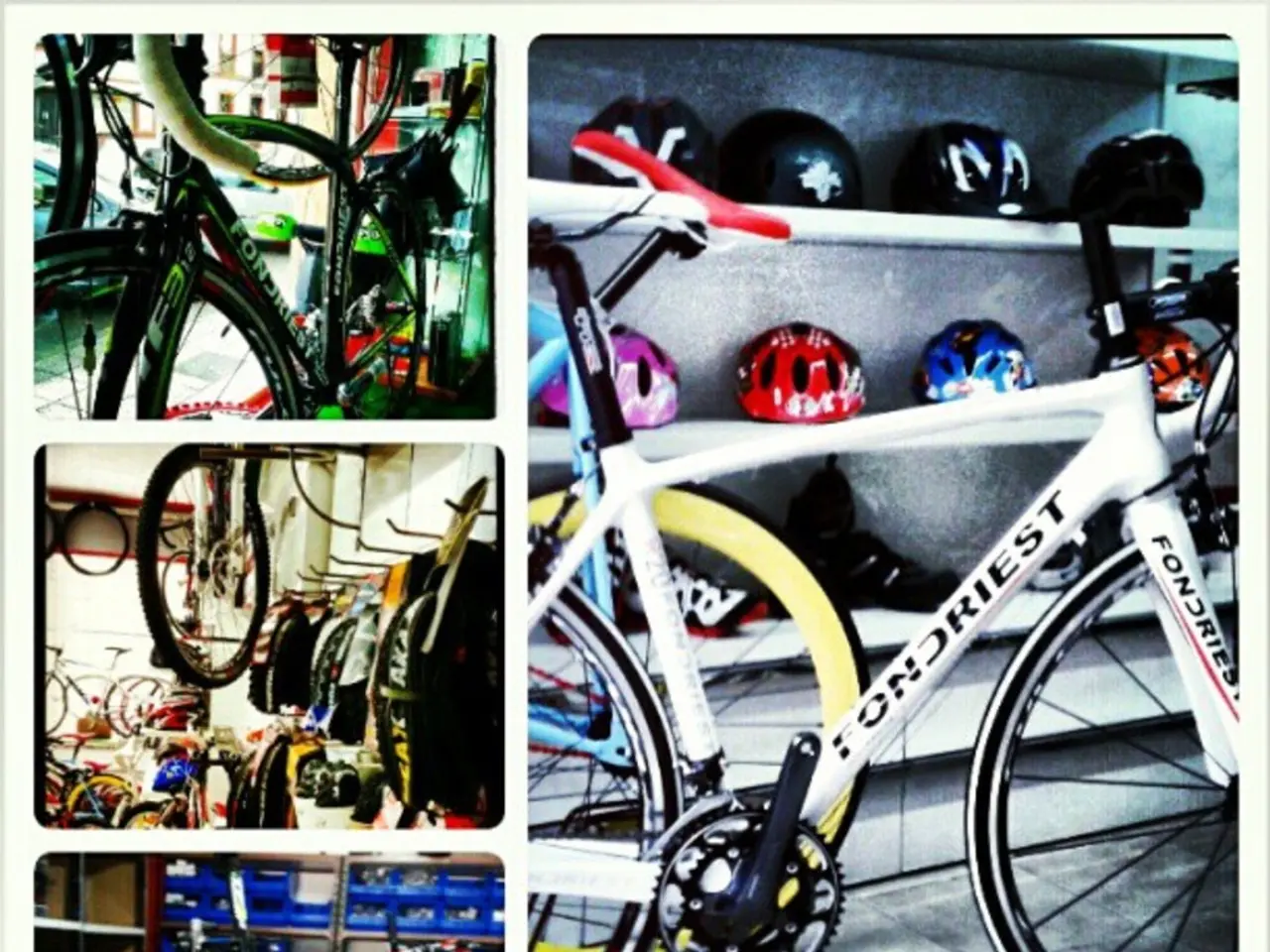Tech Phenomena Shaping the 2025 Tour de France Competition
2025 Tour de France Embraces Aero Revolution
In the 2025 Tour de France, a shift towards aerodynamic efficiency dominated the race, with riders and teams prioritizing speed and weight in a bid to gain an edge on the competition. This evolution was strongly influenced by Dan Bigham, a British aerodynamics engineer, who emphasized the combined rider-bike system approach, catalyzing what Cycling Weekly termed the “aero revolution” at this year's race.
The key trend in the race focused heavily on aerodynamics and lightweight bikes, with the dominant theme being the integration of rider and equipment as one aerodynamic system rather than separate parts. Aero bikes have been increasingly used, even in mountain stages, overturning the previous preference for ultra-lightweight climbing bikes. Tadej Pogačar and Jonas Vingegaard, top riders in the race, used aero bikes (Colnago Y1Rs and Cervélo S5 respectively) for most stages except time trials.
The bikes remained very lightweight, with Pogačar’s mountain time trial build weighing just over 7 kg and Vingegaard’s Cervélo S5 clocking in at about 7.385 kg pre-race. Weight savings and aerodynamic optimization were both priorities.
Aerodynamic equipment extended beyond frames to include aero road helmets and “go-faster kit hacks” aimed at reducing drag by considering the rider and gear holistically. Teams have been experimenting with time trial setups and wheel technology, like newly released Enve SES 4.5 Pro wheels that are lighter, stiffer, and more aerodynamic.
Among the GC riders, Pogačar and Remco Evenepoel have been seen using shorter crankarms, with Pogačar using 165mm and Evenepoel using 170mm. Shorter crankarms are being used to allow riders to raise their saddles to achieve a more aero riding position without closing the hip angle and losing power.
Pogačar dominated the race, winning stage 13 using a stripped-down, paintless version of his Colnago Y1Rs with regular Enve SES 4.5 Pro wheels, smaller 140mm rotors, and no bar tape or bottle cages. Evenepoel opted for a lightweight Specialized Shiv time trial bike with Roval Rapide CLX III wheels for stage 13, paired with a new bike fit.
Other teams also opted for aero bikes instead of traditional climbing, aero, and time trial bikes. Visma-Lease a Bike used a new prototype Cervelo R5, while UAE Team Emirates-XRG had access to the Colnago V5Rs. Ben O'Connor and Team Jayco AlUla opted for a similar approach for stage 13, using a paintless Giant Propel Advanced SL paired with smaller rotors and a 40mm Cadex Max wheel up front, along with a Cadex Max rear disc wheel.
Aero road helmets are becoming more common in the pro peloton, with teams testing them for speed in wind tunnels. EF Education-EasyPost and Visma-Lease a Bike were among the teams going all out with aero road helmets. A new Met Trenta helmet was spotted on Pogačar, focusing on improving ventilation and aerodynamics in a safer package.
Ben Healy won stage 6 in Vire Normandie using a modified Rapha Pro Team TT Aero skinsuit, POC Procen air helmet, and aero socks. Go-faster kit hacks, such as stripping bikes of unnecessary weight, were implemented to enhance aerodynamics without sacrificing weight.
Jonas Vingegaard used a Cervelo P5 equipped with shallower Reserve 40|49 wheels, a 1x drivetrain, and Vittoria Corsa Pro Speed TLR tyres for stage 13. Vingegaard, who has been experimenting with extremely short 150mm crankarms, settled on 160mm for the 2025 Tour de France. Ben O'Connor used a blacked-out, stripped-down version of the Giant Propel Advanced SL for certain stages.
In summary, the 2025 Tour de France saw a shift towards do-it-all aero bikes optimized for both speed and weight, supported by aerodynamic helmets, cutting-edge wheels, and integrated rider-equipment strategies focused on functional aero gains across various terrain types.
- Teams, such as Visma-Lease a Bike, have taken a step towards using do-it-all aero bikes, like Cervelo R5, for various terrain types.
- Technology, including aero road helmets and cutting-edge wheels, has significantly impacted sports, as seen in the 2025 Tour de France's emphasis on aerodynamic efficiency and weight saving.




